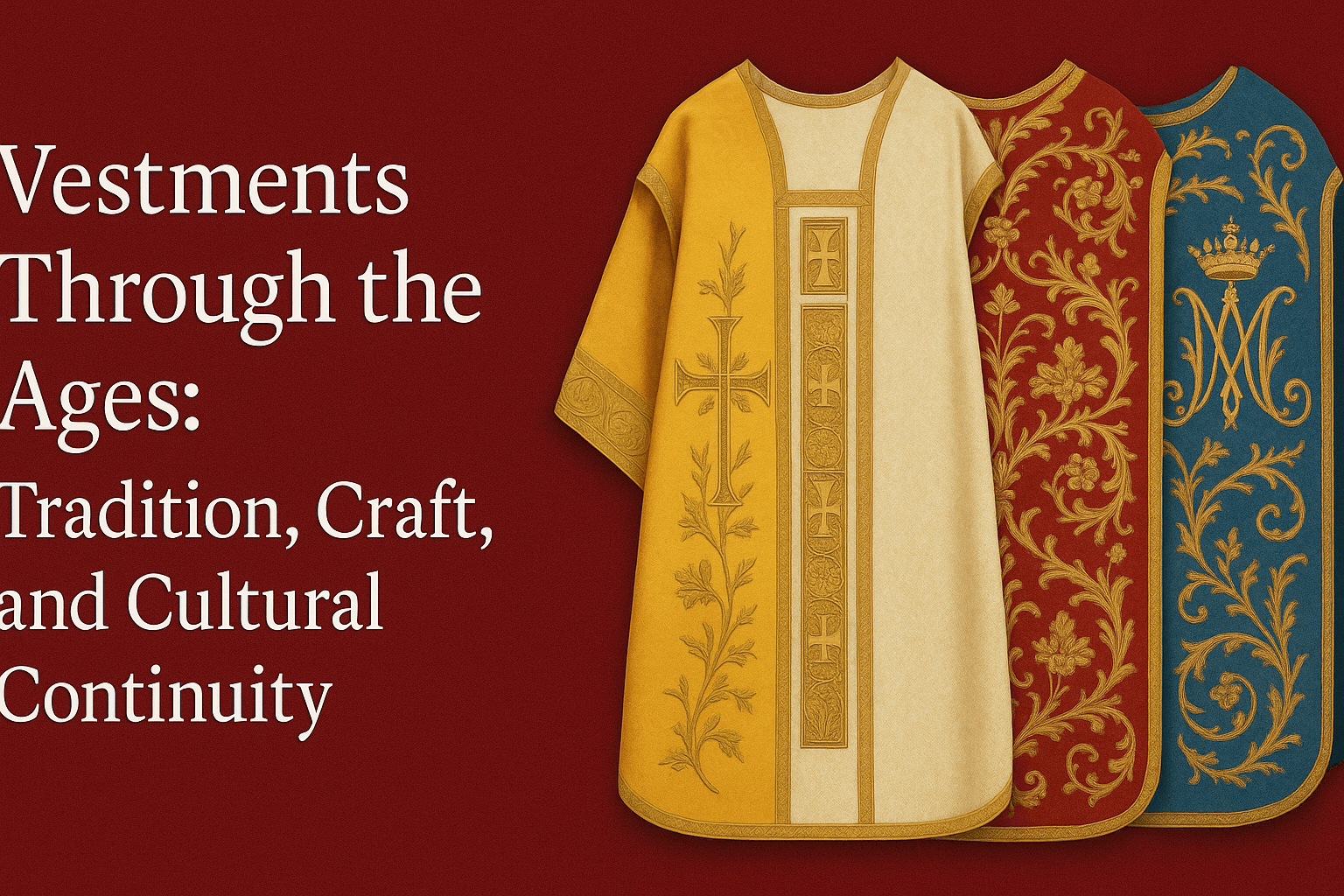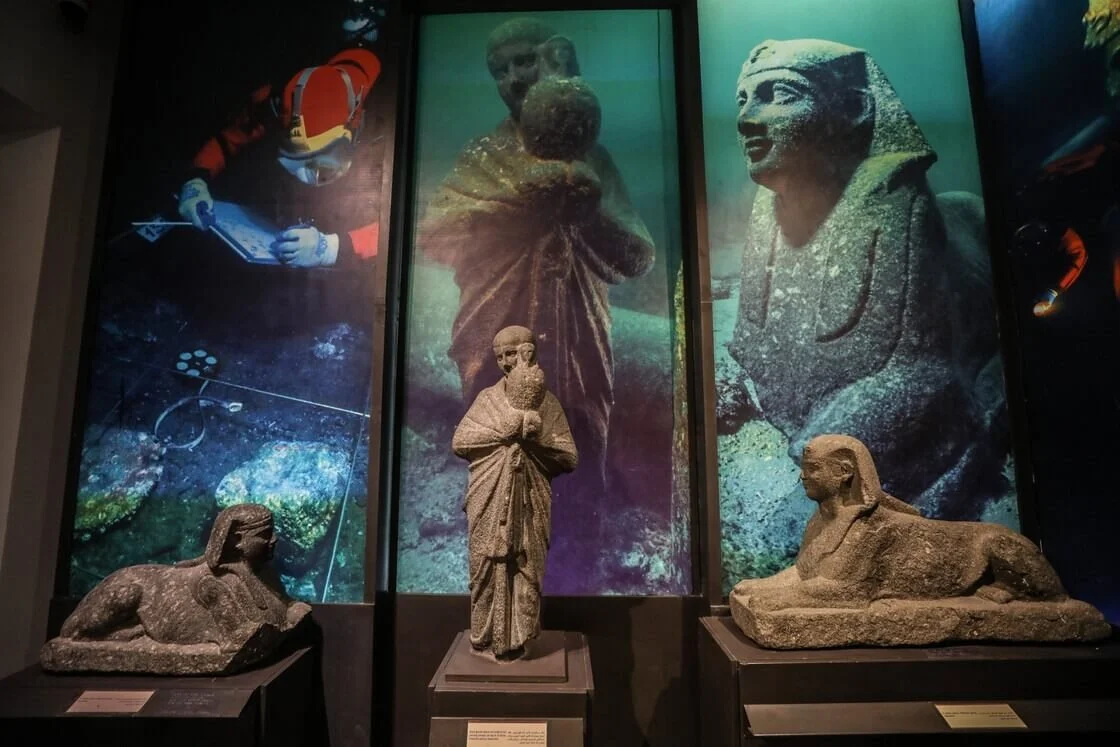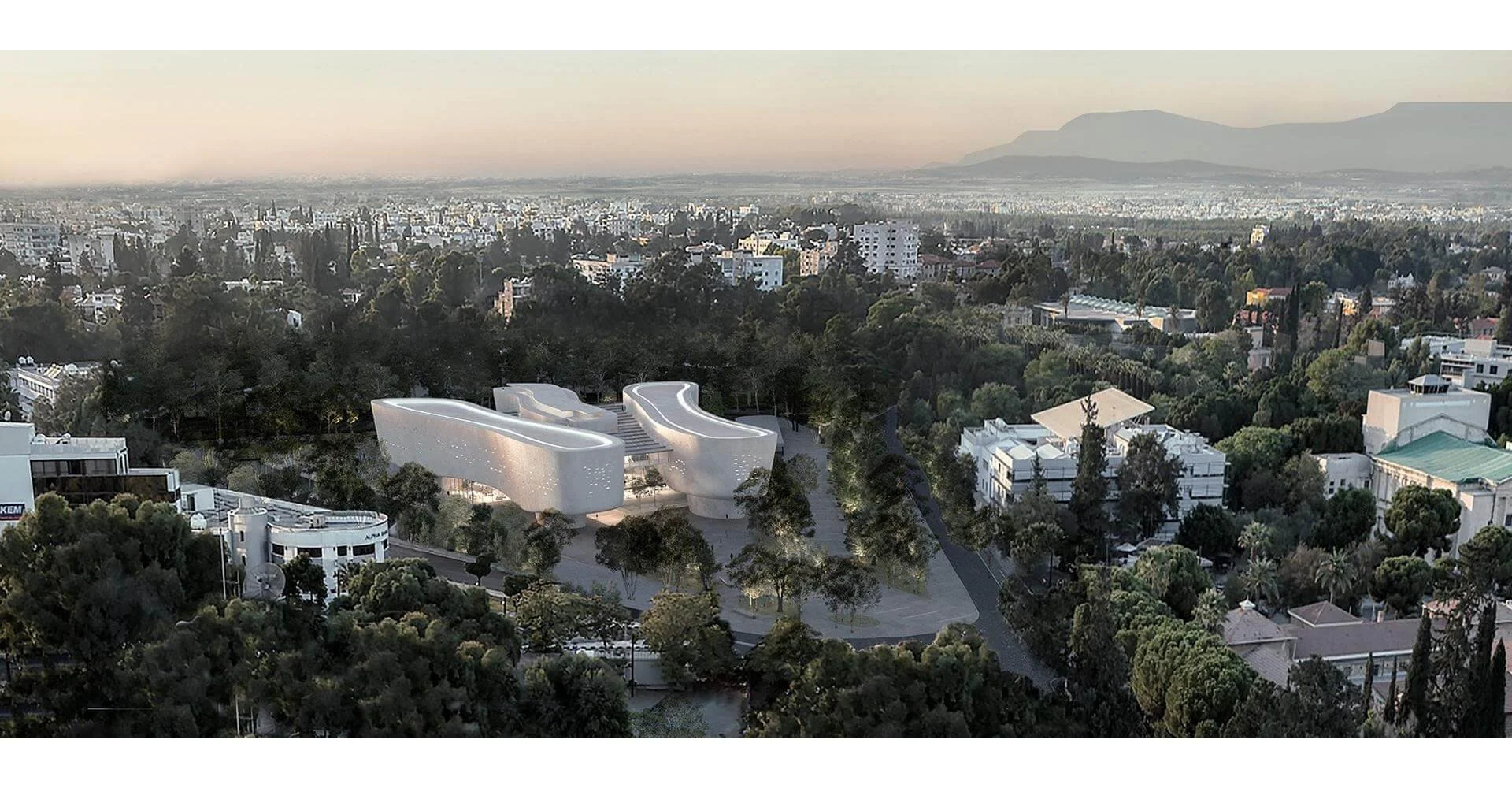BY DIMOSTHENIS VASILOUDIS
In the realm of archaeology, some artifacts hold the key to unlocking hidden aspects of our past. The Idalion Bilingual, a small yet significant inscription discovered in Cyprus, is one such artifact. It played a pivotal role in deciphering the Cypriot syllabary, enabling researchers to unravel the linguistic threads of ancient Cypriot society.
Discovery of The Idalion Bilingual
The Cypriot syllabic script was deciphered in the 19th century (in 1870), by G. Smith. The reason was the Phoenician-Cypriot bilingual inscription found in Idalion. It was the key to the decipherment of the Cypriot syllabary, in the manner of the Rosetta Stone for hieroglyphs.
Egyptologist Samuel Birch (1872), numismatist Johannes Brandis (1873), philologist Moritz Schmidt, Wilhelm Deecke, Justus Siegismund (1874), and linguist H.L. Ahrens (1876) also contributed to the decipherment.
The Idalion Bilingual, found in the ancient city of Idalion, is an inscription that bears the same text in two different scripts. It was uncovered during excavations conducted in the 19th century, amidst the remains of the once prosperous city. The script on one side is in the well-known ancient Phoenician alphabet, while the other side is inscribed with the then-undeciphered Cypriot syllabary.
It was discovered by Robert Hamilton Lang in his excavations at the Temple of Idalium (modern Dali, Cyprus), whose work there had been inspired by the discovery of the Idalion Tablet in 1850. The stone was found in the centre of the temple, together with the five other Idalion Temple inscriptions. The stone is thought to have been a pedestal for a statue, as there is an apparent dowel hole in the top.
Lang wrote of his discovery:
The most valuable monument uncovered by my excavations is unquestionably the bilingual inscription in Cyprian and Phoenician, engraved on marble; an inscription which, I feel confident, will ultimately prove the means of enabling philologists to decipher the Cyprian alphabet ... The bilingual inscription proves also that, the two alphabets, Phoenician and Cyprian, had a contemporaneous existence.
It is currently in the archives of the British Museum, with identification number 125320.
Cracking the Code: Deciphering the Cypriot Syllabary
The Cypriot syllabary is an ancient script that was used in Cyprus from the 11th to the 4th centuries BC. Until the discovery of the Idalion Bilingual, the syllabary remained a mystery, its signs and symbols inscrutable to researchers.
The value of the Idalion Bilingual lies in its nature as a bilingual text. This meant that scholars could use the known Phoenician inscription to interpret the corresponding text in the unknown Cypriot syllabary, creating an invaluable linguistic bridge between the two scripts.
The decipherment process relied on recognizing that the same message was inscribed in both scripts, even though they appeared quite different. Researchers carefully matched up corresponding words and phrases from both inscriptions, leading to the identification of the phonetic values of the signs of the Cypriot syllabary. The decoding was a significant breakthrough, revealing the ancient script's structure and linguistic characteristics.
The Implications of Decipherment
The successful decipherment of the Cypriot syllabary, aided by the Idalion Bilingual, brought about profound implications for the study of ancient Cypriot history and culture. It opened a new window into the socio-political, economic, and cultural life of ancient Cyprus, as researchers could now read and interpret a multitude of inscriptions found across the island.
Through these texts, scholars have gained insights into the religious practices, administrative systems, and economic activities of ancient Cypriot society. Moreover, the knowledge of the Cypriot syllabary has shed light on the linguistic evolution of the region, tracing the roots and influences of the Greek language in Cyprus.
Description of the block; base, and votive offering that carries the bilingual inscription
The maximum width and depth of the stone are preserved, but the upper front surface of the stone is damaged on both the top left and especially at the top right and along the right side, where the beginning of both the Phoenician and the Greek texts are missing. The top of the base is also damaged, though the maximum preserved height in the middle appears to represent more or less the top of the base; however, the surface at the front looks like it has been hacked or chiseled, perhaps to remove the statue (if this had been made of metal), so there may have been some loss of the original height.
At the back left of the top surface is a deep oval trough, probably for securing the statue mentioned in the inscription; again, this is likely to have been mutilated in order to remove any metal. There are no corresponding holes on the right side or elsewhere on the top surface, though the top right is particularly damaged. The back of the pedestal is roughly chiseled but not broken in the way that the top has been mutilated, suggesting that this is the original surface; the rough finish suggests that it was not meant to be seen and was probably placed against a wall or another pedestal when originally erected.
The Phoenician text consists of three lines, written right to left (sinistrograde), but is incomplete on both sides. The Cypro-Syllabic text occupies four lines, also sinistrograde, of which the beginning of the first three lines are also incomplete, but are fully preserved on the left side.
Inscriptions
In Conclusion: The Power of the Idalion Bilingual
The decipherment of the Cypriot syllabary, facilitated by the Idalion Bilingual, underscores the power of archeology in understanding our past. This modest artifact became a pivotal key to unlocking a centuries-old script, providing valuable insights into a fascinating civilization that existed over two millennia ago.
The Idalion Bilingual stands as a potent symbol of the interconnectedness of human societies, highlighting how the decoding of a language can dramatically widen our understanding of the human experience. It is a testament to the rich tapestry of human civilization, inviting us to continually probe, explore, and appreciate our shared heritage.










